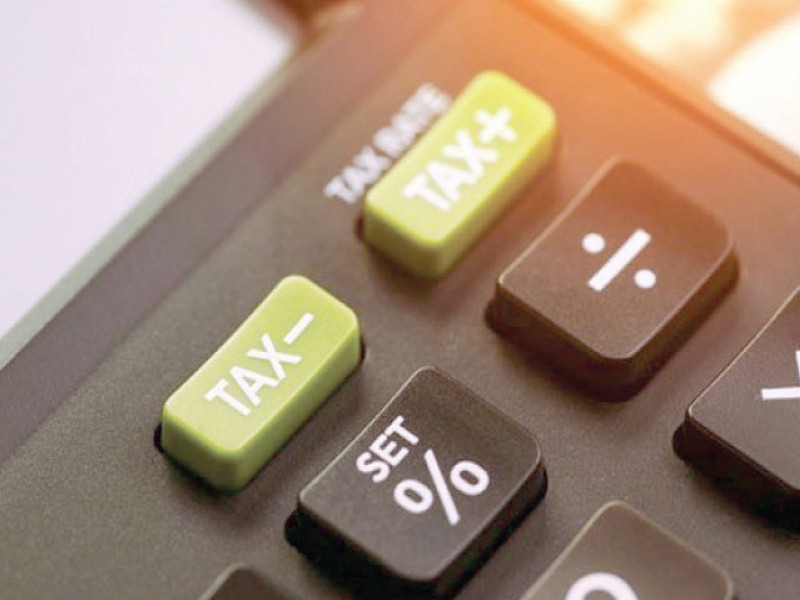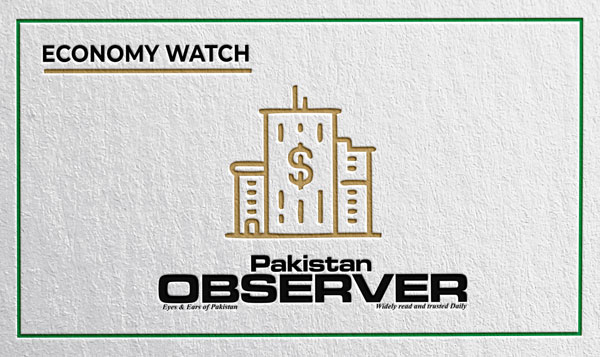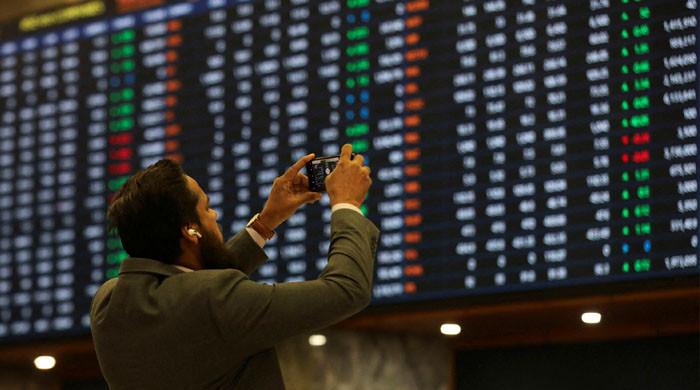BRUSSELS:
Pakistan can replace all taxes by introducing a flat-rate tax of 10% on personal income, 5% general sales tax (GST), 20% tax on corporate income, 5% customs duty and 3% excise duty.
Arguments for a flat tax are cast in a number of ways, with simplicity and efficiency being the two key selling points. These lead to two distinct and complementary paths for tax reform.
One focused on the broadest base and the lowest rate possible. The second focused on the concept of single taxation on the principle that income should be taxed only once (fairness and efficiency).
The broadening of tax base accomplishes, in part, the second objective. With the broader base, there is a less likelihood of double taxation.
To make the tax base as broad as possible and void of substitution effects, virtually all deductions and tax credits for individuals and businesses should be repealed.
Lowering the overall marginal tax rates acts as a ceiling for incentive-based activity. The higher the tax rate, the lower will be the incentive for highly productive individuals to step up their efforts.
With the lower marginal tax rates, economic activity will increase, with the added benefits of lower government entitlement spending and increased revenue generation.
Tax rates have two effects on tax revenues. First, “the arithmetic effect” which shows that when tax rates change, tax revenues per dollar of the tax base also change in the same percentage.
Second, “the economic effect” which shows that when tax rates change, the tax base also changes, but in the opposite direction. The economic effect, thus, always works in the opposite direction from the arithmetic effect. This is the logic behind the Laffer Curve.
Economics is all about incentives and taxes have consequences. Pakistan needs a pro-growth flat-rate broad-based tax system. A flat tax system is inherently equal, as everyone pays the same proportion of their income and treated the same.
Fairness in taxation creates incentive for better compliance, accelerates economic growth and generates more government tax revenues. A paradigm shift is required to restructure the entire tax system to induce more work, savings and investments.
High tax rates, complex tax codes with exceedingly technical and abstruse wording and procedures, weak enforcement, inefficiencies riddled with SROs, exemptions, concessions, amnesties, etc have kept Pakistan struggling with a low tax-to-GDP ratio, high fiscal deficit and sluggish growth.
Pakistan can learn and adopt a pro-growth flat tax experience from a number of flat tax countries in Central and Eastern Europe that were part of the Communist bloc just three decades ago.
The flat tax revolution of the 1990s had put pressure on politicians to lower tax rates and reform their tax systems to attract jobs and capital from the uncompetitive high tax nations. Globalisation had a positive impact on tax policy because governments had to compete and “converge” with wealthier nations.
Leading the flat tax trend were the Baltic states (Estonia, Latvia and Lithuania), then soon followed by the Balkan nations (Macedonia, Montenegro and Albania), Romania, Bulgaria, Georgia and Russia.
Critics such as the International Monetary Fund (IMF) then said that flat tax was unrealistic and that it only works in small jurisdictions and cannot work in large economies.
But when Russia and other large Eastern European countries got on the flat tax bandwagon, opponents began to concede that flat tax regimes were feasible, but reasoned that tax reform worked only in transition economies.
The IMF, in its study in 2006, labelled it as a fad and boldly stated; “looking forward, it is not so much whether more countries will adopt a flat tax as whether those that have will move away from it”.
None of the flat tax nations returned to a discriminatory rate structure and the flat tax seems securely enshrined. The international bureaucracy’s powers of prediction certainly leave much to be desired, because the study was wrong about countries moving in the other direction.
Bulgaria, now a European Union and NATO member, adopted a flat tax regime (10% flat tax on income and corporates and 20% flat tax on value addition) two decades ago and has kept it intact till today. Ironically, Bulgaria also happens to be the country of birth for the current IMF Managing Director Kristalina Georgieva.
However, the flat tax is not a cure-all for every economic ill. To maximise the economic benefits of tax reform, a nation should have the rule of law, property rights, sound money, limited government and low levels of regulations. In such an environment, the flat tax ensures the tax code will not be an obstacle to growth.
A flat tax reform plan would dramatically change the structure of taxation in Pakistan by correctly aligning incentives to promote economic growth, voluntary tax compliance and increase in government revenues.
It will launch Pakistan onto a new trajectory of economic growth and prosperity for all of its citizens.
The writer is a philanthropist and an economist based in Belgium
Published in The Express Tribune, May 20th, 2024.
Like Business on Facebook, follow @TribuneBiz on Twitter to stay informed and join in the conversation.


 Technology6 مہینے ago
Technology6 مہینے ago
 Pakistan7 مہینے ago
Pakistan7 مہینے ago
 Sports6 مہینے ago
Sports6 مہینے ago
 Pakistan6 مہینے ago
Pakistan6 مہینے ago
 Entertainment6 مہینے ago
Entertainment6 مہینے ago
 Pakistan6 مہینے ago
Pakistan6 مہینے ago
 Sports5 مہینے ago
Sports5 مہینے ago
 Entertainment6 مہینے ago
Entertainment6 مہینے ago








